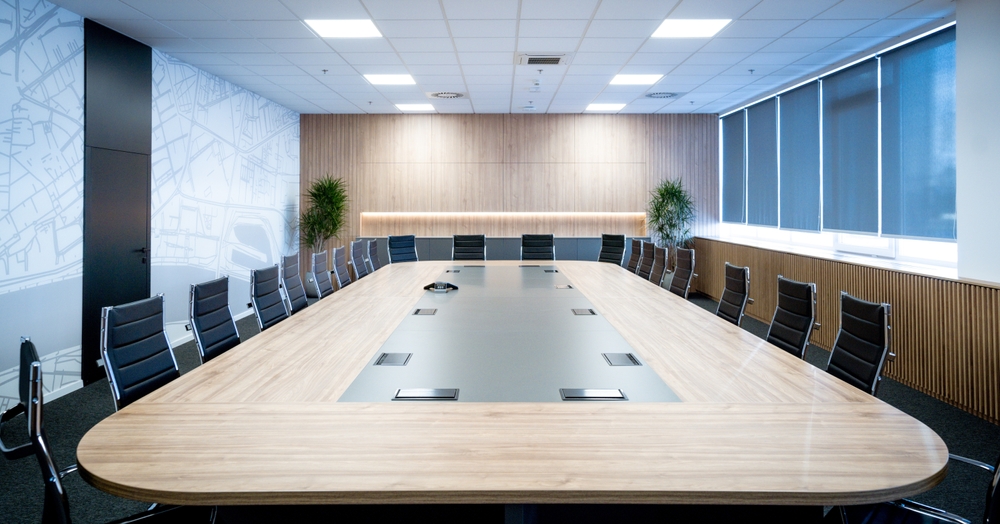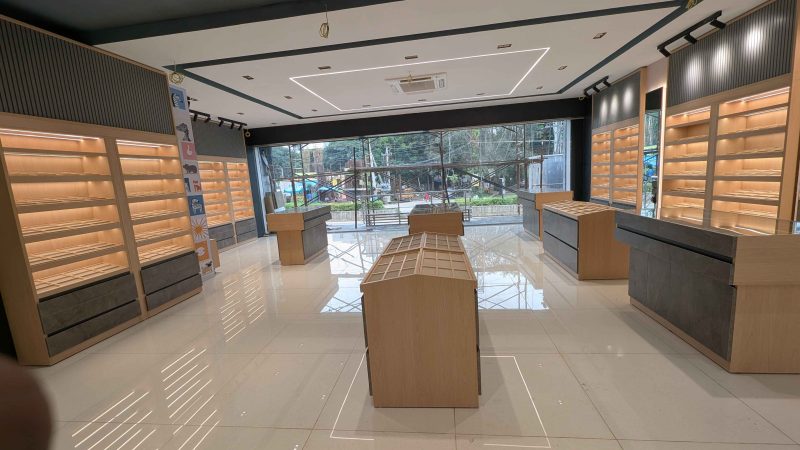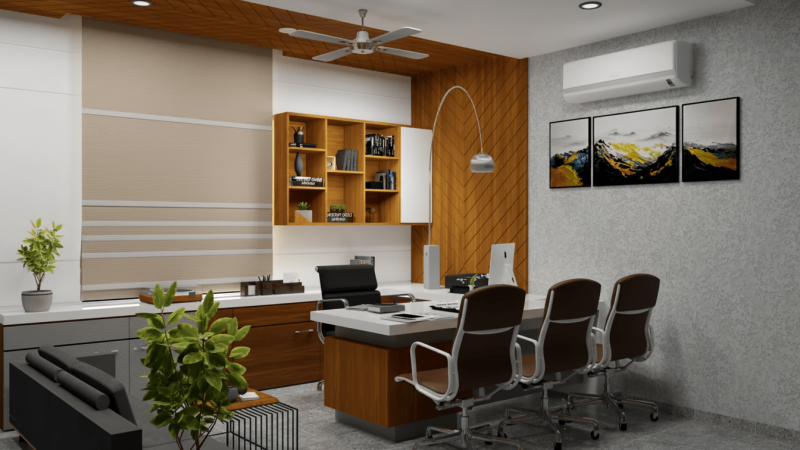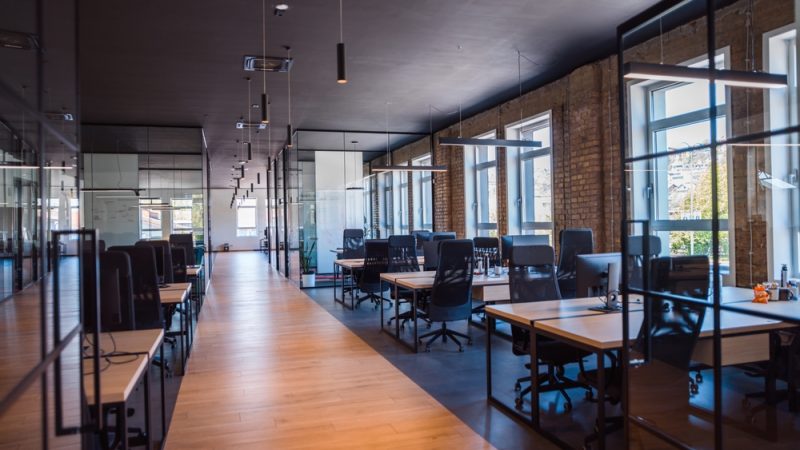What furniture and materials work best for small office interior design?

Are you looking to revamp your workspace without breaking the bank? Small office interior design is more than just picking colors and furniture—it’s about creating an environment that boosts productivity, looks polished, and fits your team’s needs. In this article, you’ll find clear Q&A-based guidance to help you design a small office that works hard and looks good.
1. What are the key principles of small office interior design?
When working with limited square footage, every design choice matters. Here are the core principles:
-
Maximize natural light: Big windows or glass partitions help. Light makes small spaces feel larger.
-
Define functional zones: Use furniture, rugs, or lighting to create areas for workstations, meetings, and breaks.
-
Prioritize ergonomic furniture: Chairs, desks, keyboard trays designed for comfort reduce fatigue and make the most of small footprints.
-
Use minimalist decor: Less is more. Clean lines, open shelving, and uncluttered surfaces emphasize space.
-
Choose a cohesive color palette: Neutral or light tones with accent colors highlight architectural features without overwhelming the room.
These principles guide small office interior design to be both beautiful and practical.
2. How can you layout your small office space efficiently?
Good layout is essential. Here’s how you can design an office space layout that makes sense:
A. Open-space vs. partitioned layout
| Option | Pros | Cons |
|---|---|---|
| Open layout | Saves space, fosters collaboration, keeps design airy | Can get noisy, reduced privacy |
| Partial partitions or glass walls | Provides zones, some privacy, still lets light through | Can cost more, needs careful planning of sight-lines |
B. Zigzag or L-shaped desk arrangements
-
L-shaped desks hug corners—use wall space smartly.
-
Zigzag layouts: alternating desks or benching systems allow walkways while accommodating multiple people.
C. Use vertical space
-
Floating shelves, wall-mounted cabinets, tall storage reduce clutter.
-
Lofted storage or overhead bins help if ceiling height allows.
Having an efficient office space layout improves workflow, keeps things accessible, and avoids wasted space.
3. What furniture and materials work best for small office interior design?
Choosing the right pieces can transform cramped into creative. Consider these:
-
Modular furniture: Desks or seating that can be rearranged easily.
-
Multipurpose pieces: Storage that doubles as room dividers; fold-down desks or wall beds (if workspace doubles as live-work).
-
Transparent or light furniture: Acrylic chairs or glass tables give visual space; thin-leg desks reduce visual bulk.
-
Durable, cleanable materials: Laminates, melamine, metal—easy to clean and maintain in high-traffic zones.
Furniture choices play a big role in making a small office feel spacious and professional.
4. How do you choose colors, lighting, and decor to enhance a small office interior design?
Color and lighting set the mood. Here’s what to keep in mind:
Color Palettes
-
Light neutrals (white, beige, soft gray): expand visual space.
-
Accent colors (teal, mustard, forest green): add personality without overwhelming.
-
Tone down contrasts: Avoid too many dark shades or heavy patterns in tight spaces.
Lighting Solutions
-
Ambient lighting: Overhead LED panels, track lighting.
-
Task lighting: Desk lamps, under-cabinet lights for focused work.
-
Accent lighting: Wall sconces or pendant lights to highlight artwork or architectural features.
Decor Touches
-
Use mirrors to reflect light and make rooms look bigger.
-
Plants: small pots or hanging planters bring fresh air and visual calm.
-
Wall-art in slim frames; avoid bulky decor items that take up floor space.
These design elements elevate small office interior design by balancing aesthetics and function.
5. How can you do a small office interior design makeover on a limited budget?
You don’t need a big budget to make big changes. Here are smart cost-saving ideas:
-
DIY painting: A fresh coat of light color on walls and trims does wonders.
-
Repurpose or upcycle furniture: Paint old desks, reuse shelves, or refinish wood.
-
Add removable wallpaper or wall decals: Instant style without damaging walls.
-
Shop smart second-hand: Office furniture auctions, warehouse sales, online marketplaces.
-
Focus on key pieces: One right ergonomic chair or good lighting makes more impact than matching everything.
By allocating budget to areas with high visual or functional return, you’ll make the most of what you spend.
6. How do you manage storage and organization in a small office interior design?
Clutter kills productivity. Good storage keeps the office tidy, safe, and more comfortable.
-
Integrated storage: Desks with built-in drawers; wall cabinets.
-
Hidden storage: Under-desk boxes, ottomans, or benches that open up.
-
Vertical file systems: Wall-mounted racks instead of floor filing cabinets.
-
Labeling and zones: Assign specific places for supplies, documents, and personal items.
-
Digital alternatives: Reduce paper; scan and store documents digitally whenever possible.
Effective organization is essential in small office interior design—it frees up space and reduces stress.
7. What trends are shaping small office interior design in 2025?
If you want your small office to look modern and future-ready, these trends are doing well:
-
Biophilic design: Natural materials, live plants, large windows or nature-inspired artwork.
-
Hybrid work zones: Areas for video calls, solo focus work, and collaborative sessions.
-
Flexible furniture: Folding tables, movable partitions, modular seating.
-
Acoustic solutions: Sound-absorbing panels, rugs, and curtains to reduce noise.
-
Smart lighting & automation: Touchless switches, dimmable LEDs, color-temperature control.
Incorporating trends lets your small office stay relevant and comfortable as work styles evolve.
Conclusion: How to Start Your Small Office Interior Design Project
Designing a small office interior needn’t be overwhelming. If you follow these steps, you’ll get a space that feels open, works efficiently, and matches your brand:
-
Define your goals (What tasks happen here? How many people? What image do you want to project?).
-
Measure carefully—know your square footage, ceiling height, window positions.
-
Choose a layout plan first, then furniture, lighting, color.
-
Prioritize one or two design upgrades (like lighting or ergonomic chairs) that make big impact.
-
Stay organized, test what works, and adjust as you go.
Did you enjoy these ideas? Let me help with custom layout sketches, a furniture-shopping list, or color palette suggestions. Reach out today and let’s begin designing your ideal small office interior.





